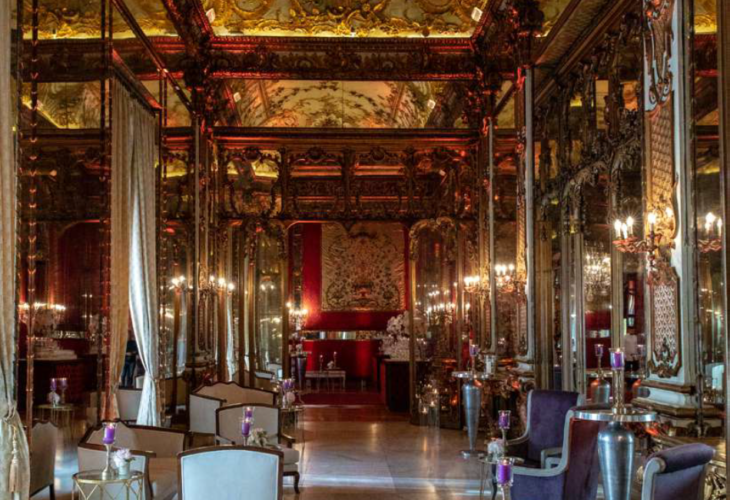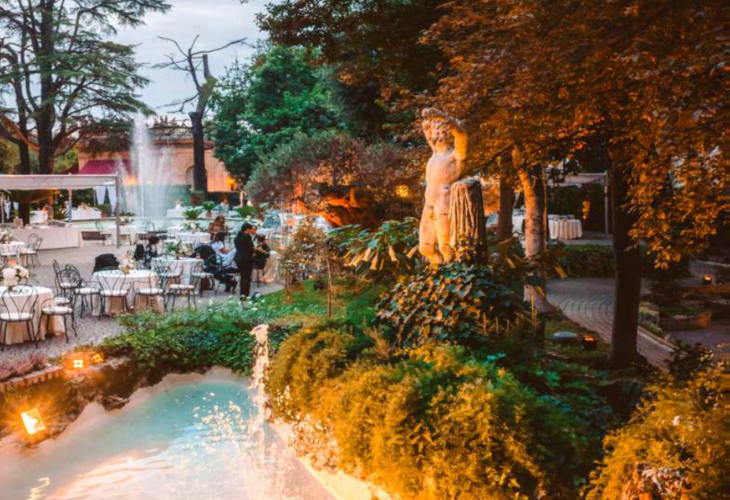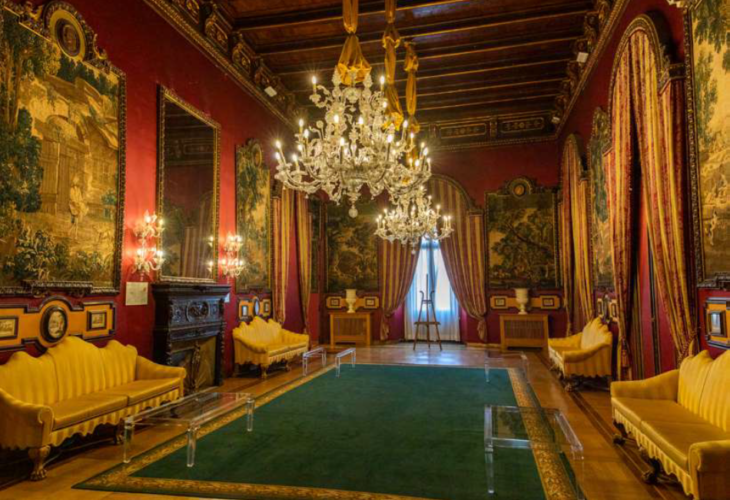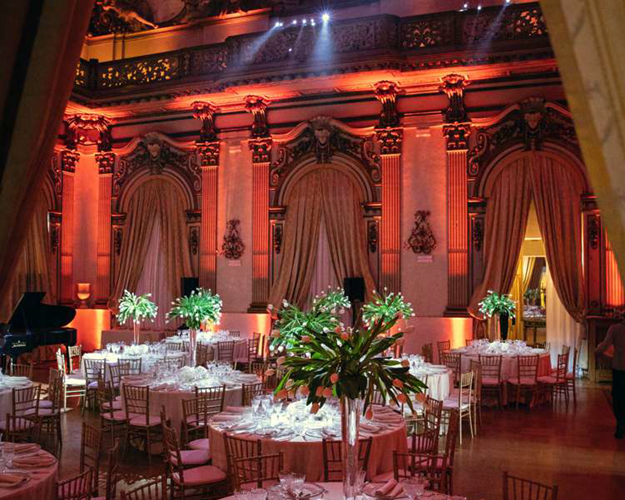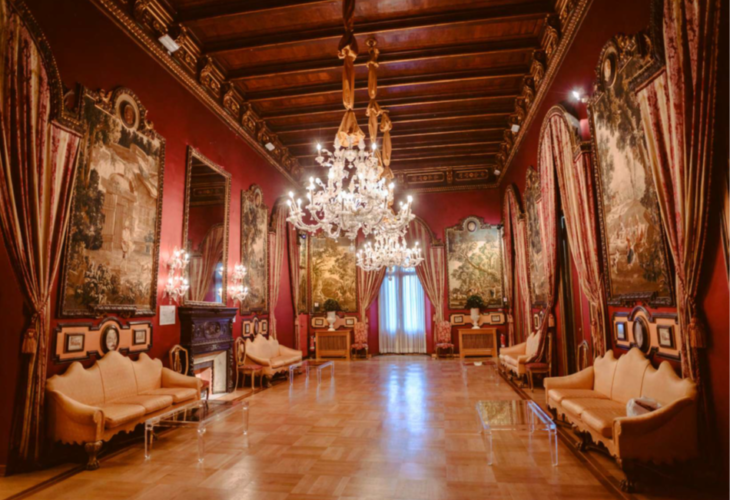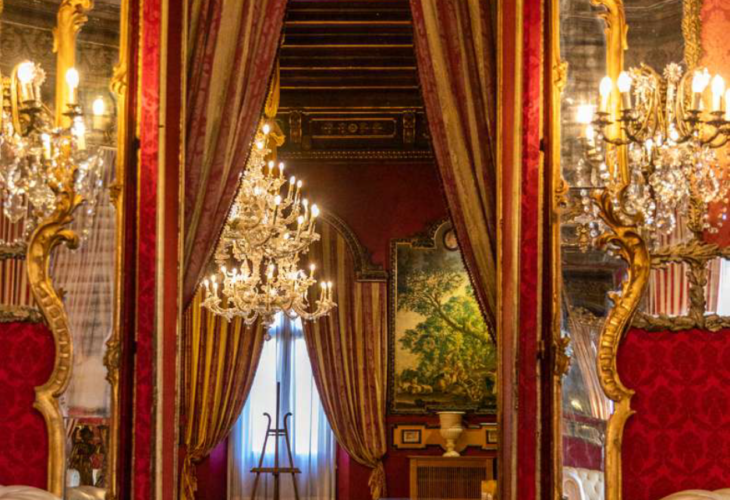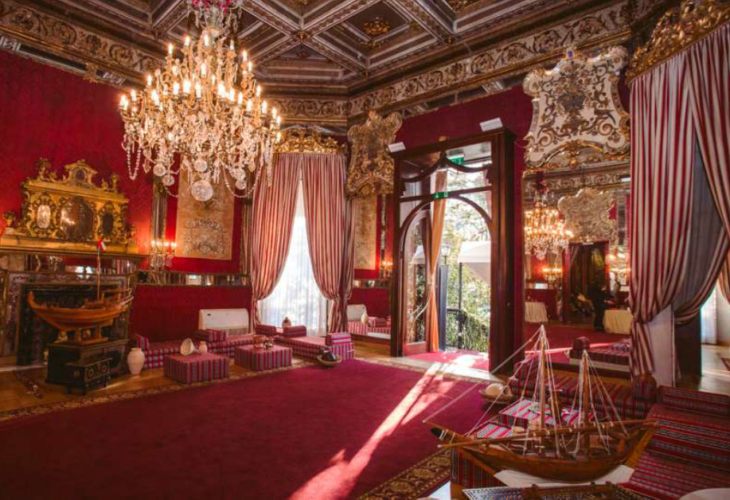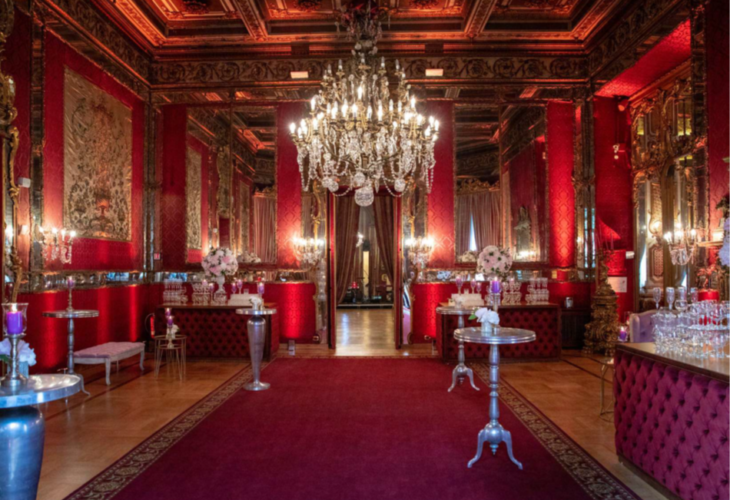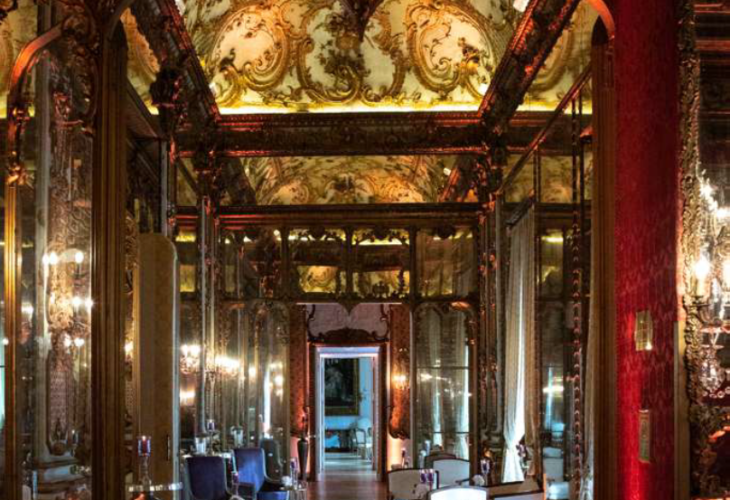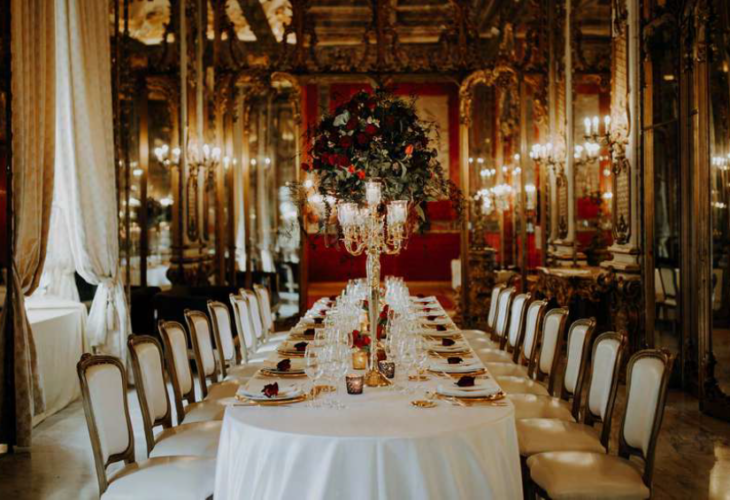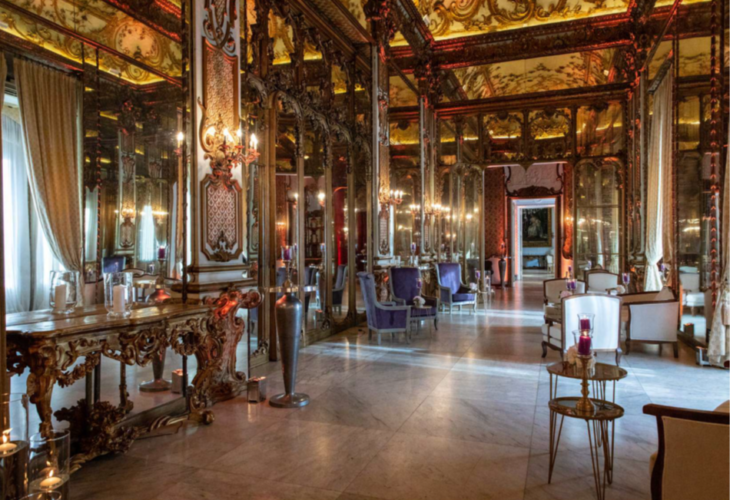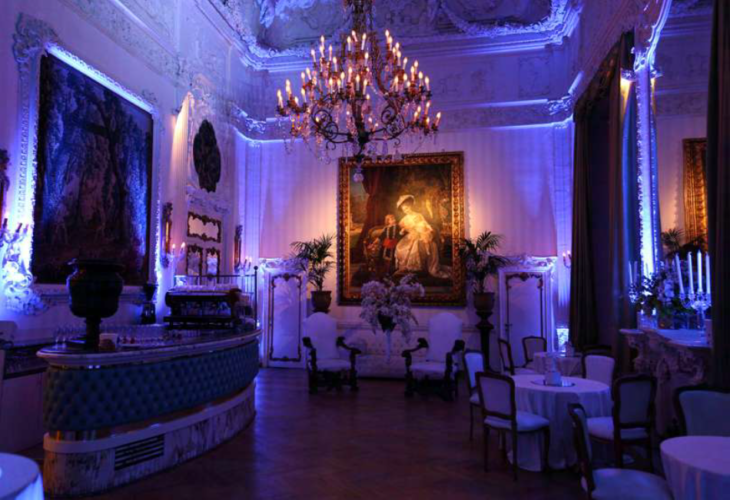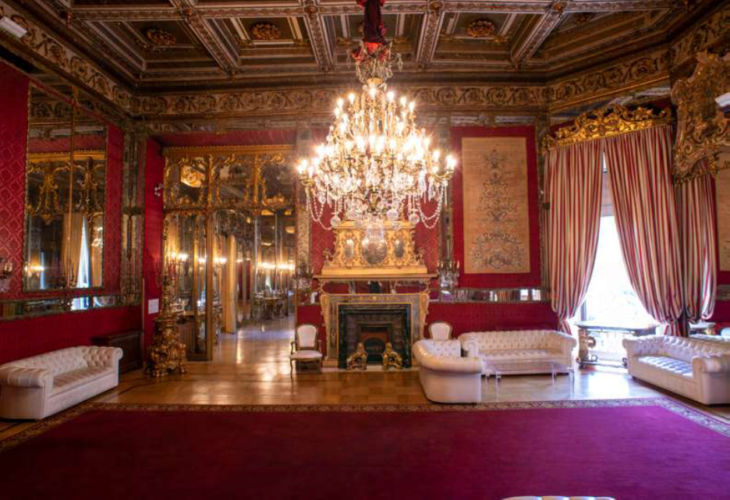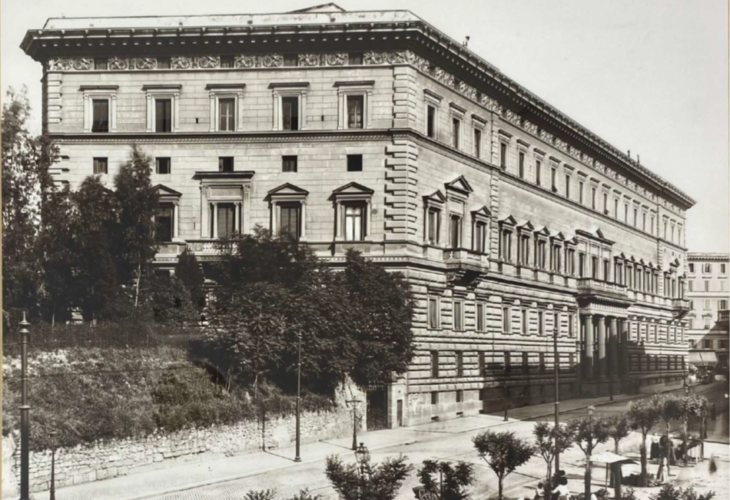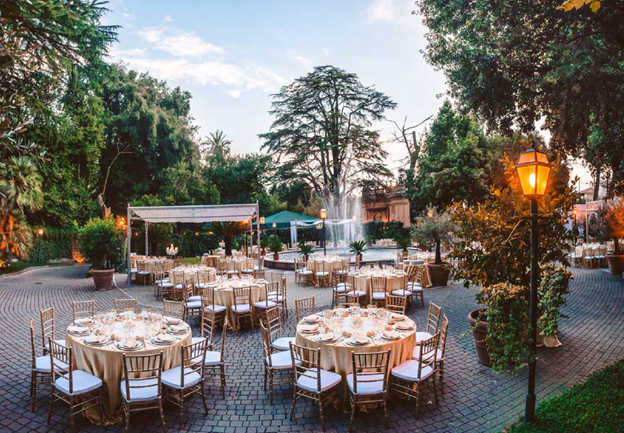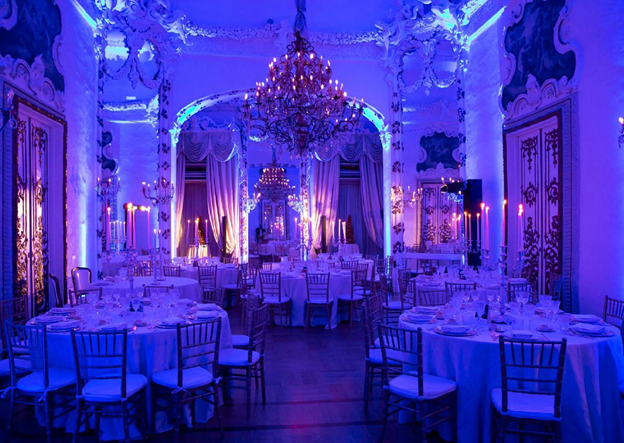Welcome cocktail
The welcome cocktail will be in Ripa Grande on Tuesday 4th.
Ripa Grande (formerly Borgo Ripa) is a rebirth of this large area where the ancient river port of the city of Rome (the Port of Ripa Grande) once stood. Ripa Grande is a corner rich in history that, in 1600, was inhabited by Donna Olimpia Maidalchini, also known as the “popess”, because she was married to a Pamphilj and lover of her brother-in-law Pope Innocent X. A garden of considerable size for being in the city centre, of about 5 thousand square meters, an inevitable fountain by Bernini, and a staircase of the 800 created by the architect Andrea Busiri Vici are the natural furnishing accessories of Ripa Grande. At the end of the garden there is a consecrated church, Santa Maria in Cappella, which dates back to 1088 AD and was built for the cohort of Donna Olimpia on a Roman mithraeum. Ripa Grande stands right in the heart of Trastevere, with a garden of about 1,500 square meters (and 400 seats), a terrace with a unique view (accessible only in case of private events) and an indoor area of 700 square meters where art will triumph with a museum space enriched by a program of artistic content and periodic events. The most important port of Rome, therefore called “Grande”, was that of Ripa. As early as the ninth-tenth century, the river ports moved to this shore, in what was called “Ripa Romea” by the pilgrims (or the “romei”) as opposed to the commercial port of the opposite bank, the “Ripa Graeca”. The port of Ripa was initially very modest, that is, a small quay and a ladder that connected it to the street level, but due to the increased traffic, it gradually extended until it took on a more “practical” appearance, with two staircases placed one in front of the other and some houses, located near the river, used as Customs Offices. Only medium-tonnage sailing ships could arrive at the port; those of greater tonnage had to unload the goods at Fiumicino, which were then transported to the city across the river on small ships pulled by buffaloes along the right bank of the Tiber or pulled by strong ropes by long lines of men called “pilorciatori” (hence the term “spilorcio” in the translated meaning of “tirato”). Around 850, Pope Leo IV, worried by the threats of the Saracens (for the same reason he also had the walls of the Leonine City built), had two towers built on both banks, downstream of the port movement, to insure against a surprise rise of the river: at night a chain was pulled between the two towers to block the passage. Then he had another tower built further downstream, against which leaned a small chapel with an image to which the sailors addressed their last farewell: it was the “Madonna del Buon Viaggio”. The increase in river traffic forced Pope Innocent XII to enlarge the port in 1693, bringing together the Customs Offices in a single complex and entrusting the task to the architect Mattia De Rossi. He built a large building next to the Porta Portese, widened the quay and arranged the port with walls and new ramps, which an elegant cordon connected to a large square: it was then called Porto di Ripa Grande.

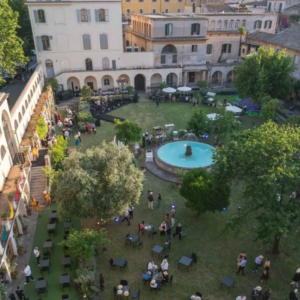

Gala dinner
The conference dinner will be in Palazzo Brancaccio on Thursday 6th.
The Brancaccio Palace is the exclusive luxury location in Rome ideal for celebrating high-profile Events. Built-in the “Savor” style and located in the centre of Rome just a step away from the Domus Aurea, between the Colosseum and the basilicas of San Giovanni and Santa Maria Maggiore, the Brancaccio Palace tells the stories of the glories, the beauty and the splendour of the millenarian history of the Eternal City. It is set in front of a beautiful natural park, among Roman ruins, fountains, and centuries-old plants with different essences and its sumptuous reception rooms preserve the characteristics of elegance and refinement in line with classical art.
The Salons
The different rooms, each with its character and a unique style, give different spaces and atmospheres to all events.
The Gardens & The Hunting Lodge
The garden of the Brancaccio Palace is an amazing place that surrounds the residence with green tones of nature. Guests who discover the different nuances that characterize the flora of this noble and historic palace are led in a fascinating place, with thousands of plants, corollas and perfumes that unwind in several parts along the path that leads to the entrance of the Palace along the Colle Oppio. In this luxury location, one of the most enchanting in Rome, the Gardens are one of the most exclusive and fascinating environments of the historic residence. They contain inside a magnificent Nymphaeum, a work created by the architect and artist Francesco Gai, who, at the beginning of the 19th century, was the family painter of the Brancaccio princes. A pearl inside the Park of the Brancaccio Palace: the Hunting Lodge is a small location with immense value. It was in fact, decorated by the same Francesco Gai, an artist highly regarded in Rome at the end of the 19th century and highly appreciated by the family of the Brancaccio princes and the Fields.

